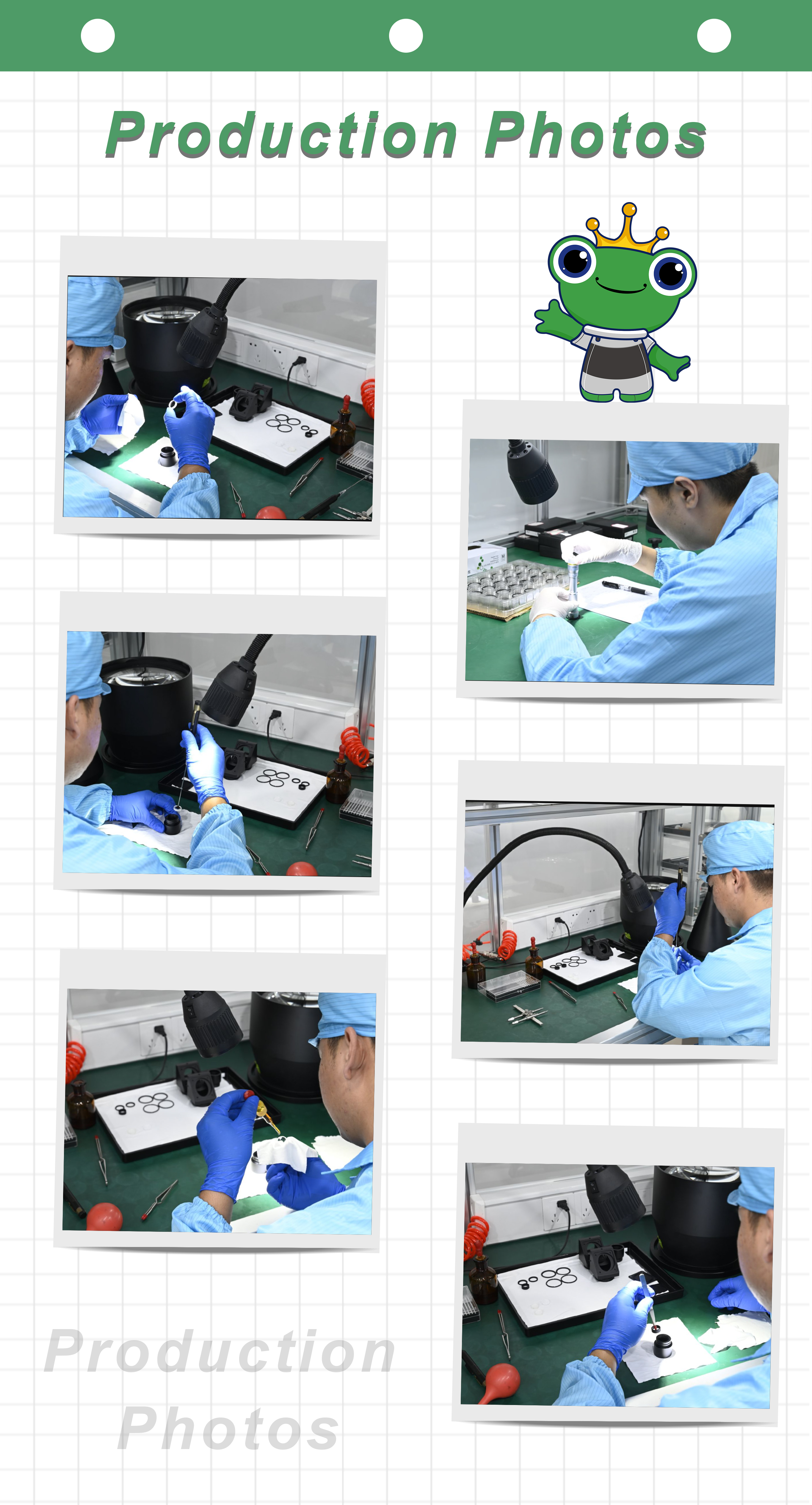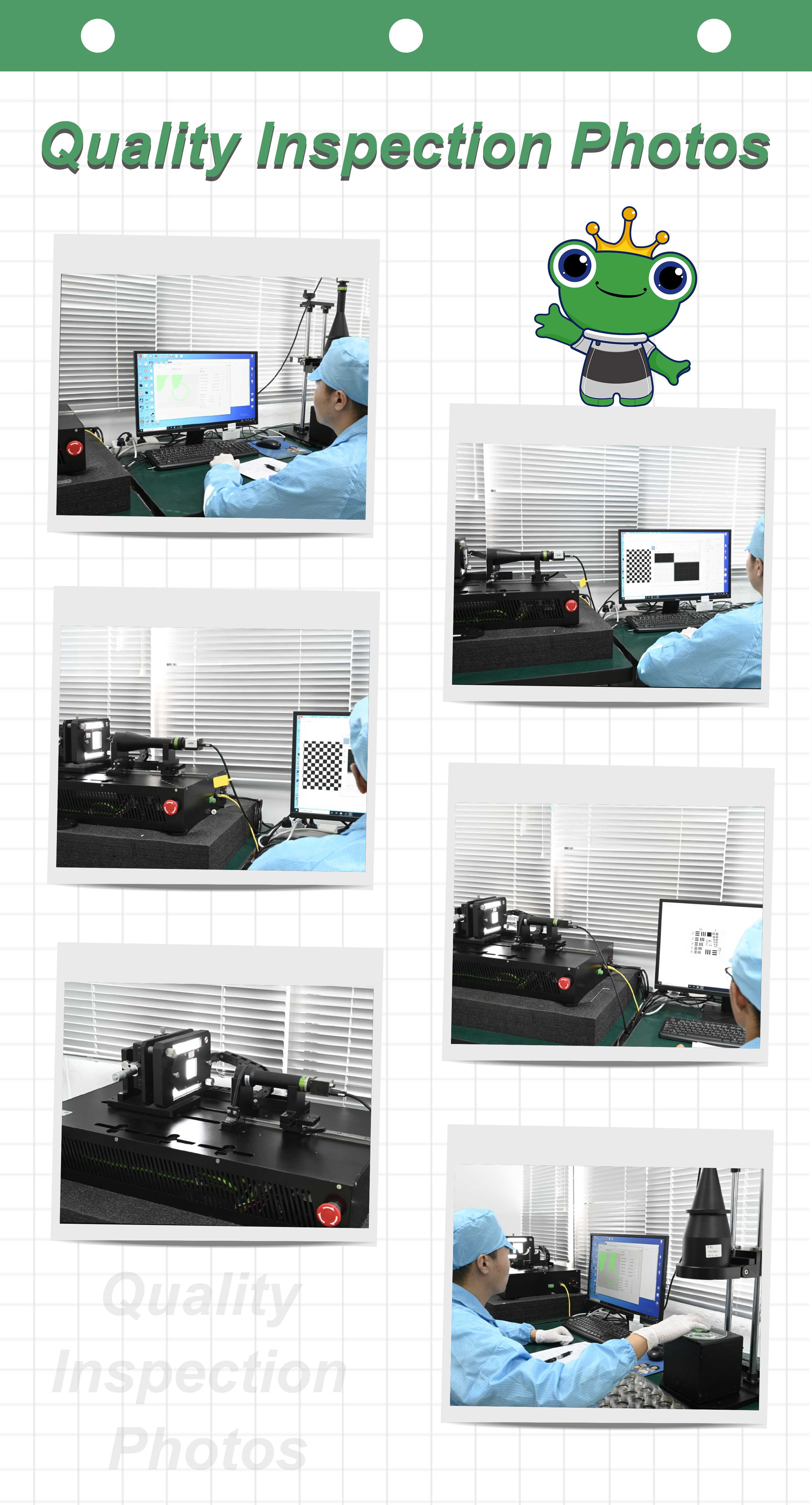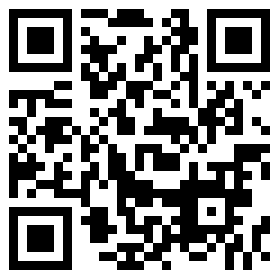The Key to Enhancing the Stability of Machine Vision Systems: Advances in Telecentric Lens Technology
Machine vision systems have revolutionized a multitude of industries, from manufacturing to quality control, by providing automated solutions that surpass human capabilities in speed and accuracy. As these systems become more integral to industrial processes, the demand for stability and precision in machine vision has intensified. One of the most pivotal advancements contributing to this need is the development of telecentric lens technology.
Telecentric lenses mark a substantial advancement over traditional lens designs, primarily due to their unique optical properties. The hallmark of a telecentric lens is its ability to keep the optical axis parallel to the object plane, irrespective of the object's position within the field of view. This feature is achieved through a carefully engineered lens system that ensures light rays entering the lens are parallel.
In conventional lenses, the magnification changes with the distance of the object from the lens. This variation can cause significant measurement errors and image distortions, especially when objects are positioned at different depths within the lens’s field of view. Telecentric lenses, on the other hand, maintain a constant magnification across the entire image plane. This is critical in machine vision systems where precision is essential for tasks such as quality control and dimensional measurements.
Moreover, the parallelism provided by telecentric lenses eliminates perspective distortion, which can occur when objects are not perpendicular to the optical axis. This distortion can lead to inaccuracies in automated inspection processes. By ensuring that the image size remains consistent and free from distortion, telecentric lenses enhance the reliability and accuracy of machine vision systems. Consequently, this stability is crucial for achieving precise measurements and consistent image analysis, thereby improving the overall performance and effectiveness of automated inspection and measurement applications.
The core advantage of telecentric lenses is their ability to minimize optical distortions and maintain consistent magnification across the entire imaging plane. This capability distinguishes them significantly from traditional lenses, which can experience substantial variability in image quality and measurement accuracy based on the object's distance from the lens.
In traditional lens systems, magnification is inherently variable because it depends on the distance between the lens and the object. When an object moves closer to or further away from the lens, the size of the image produced changes. This variability in magnification can result in distortions and inaccuracies, particularly problematic in applications requiring precise measurements and consistent image quality. For instance, if an object being inspected is not perfectly aligned or if its position shifts slightly, the resulting image might appear differently, leading to potential errors in quality control or automated measurement tasks.
Telecentric lenses address these issues by ensuring that the magnification remains constant regardless of the object's distance from the lens. This stability is achieved through the lens's design, which employs a unique optical configuration to keep light rays parallel as they enter the lens. In essence, a telecentric lens is designed to capture light rays that are parallel to the optical axis, preventing any change in image size or shape as the object’s distance varies.
The key to this functionality lies in the lens's ability to project an image where the magnification does not depend on object distance. Unlike traditional lenses, where the magnification can change with object positioning, telecentric lenses provide a uniform and distortion-free view. This ensures that measurements taken from the images remain accurate and reliable, regardless of the object's depth within the field of view.
In practical terms, this means that machine vision systems equipped with telecentric lenses can consistently deliver precise and stable measurements. For instance, in manufacturing environments where parts need to be inspected for dimensional accuracy, telecentric lenses enable the system to measure each component with high precision, regardless of minor variations in the object’s position. This capability is crucial for maintaining the quality and reliability of automated inspection processes.
Furthermore, the constant magnification provided by telecentric lenses helps in maintaining the uniformity of image sizes and shapes, which is essential for applications involving complex image analysis. Whether it is in barcode reading, surface inspection, or alignment tasks, the absence of magnification variability ensures that image data remains consistent and interpretable.
In machine vision systems, the inherent stability of telecentric lenses translates into remarkable accuracy and reliability, crucial for high-precision applications. This advantage is particularly evident in fields like semiconductor inspection and automotive manufacturing, where even slight measurement errors can have serious consequences.
In semiconductor inspection, the minuscule size of components and the critical nature of their functionality demand exceptional precision. Semiconductor wafers and microchips are often subject to rigorous inspection to identify defects or inconsistencies that could affect performance or lead to failure. Traditional lenses may introduce distortions or variations in magnification as the distance to the object changes, complicating the detection of such small defects. Telecentric lenses, by maintaining consistent magnification and minimizing optical distortions, ensure that every detail is captured accurately. This stability allows for the precise detection of defects as small as a few micrometers, thereby safeguarding the quality and reliability of semiconductor products.
Similarly, in automotive manufacturing, the need for high-quality standards and defect-free components is paramount. Components such as engine parts, body panels, and electronic assemblies must be inspected for dimensional accuracy and surface integrity. Telecentric lenses provide the necessary consistency to measure these parts accurately, regardless of their position or orientation within the field of view. This capability is crucial for detecting subtle deviations that could impact the performance or safety of the vehicle. By ensuring that measurements are precise and consistent, telecentric lenses help maintain high production standards and reduce the risk of costly defects or recalls.
The ultimate benefit of telecentric lenses in these contexts lies in their ability to deliver reliable and repeatable results. By eliminating the variability associated with traditional lenses, telecentric systems enhance the overall efficiency and effectiveness of machine vision applications. This ensures that subtle defects or deviations are detected with high confidence, leading to better quality control and reduced production errors.
Telecentric lenses offer significant advantages in machine vision systems, particularly by addressing two critical issues: perspective errors and depth of field. These benefits are essential for maintaining accuracy and consistency in applications where precision is crucial, such as automated assembly and sorting.
Perspective distortion is a common problem in traditional lenses when objects are not perfectly perpendicular to the optical axis. In such cases, objects can appear skewed or stretched, leading to measurement inaccuracies and flawed inspections. This distortion occurs because the magnification of different parts of the object varies depending on their distance from the lens and their angle relative to the lens axis. As a result, the image can become warped, making it challenging to achieve accurate measurements or consistent quality control.
Telecentric lenses are specifically designed to counteract this problem. They do so by capturing images with a uniform scale across the entire field of view. This is achieved through their unique optical design, which ensures that light rays entering the lens are parallel to the optical axis. As a result, telecentric lenses produce images where magnification remains consistent, regardless of the object's position or orientation. This feature eliminates perspective distortion, allowing machine vision systems to perform accurate measurements and inspections even if the object is not perfectly aligned with the lens. This is particularly valuable in applications like automated assembly lines and sorting systems, where precise positioning and consistent measurements are critical for maintaining product quality and operational efficiency.
Another advantage of telecentric lenses is their improved depth of field. Depth of field refers to the range of distances within which objects appear in sharp focus. Traditional lenses often have a shallow depth of field, meaning that only a small range of distances from the lens is in focus at any given time. This necessitates precise focusing and frequent adjustments to ensure that the entire object or scene is sharp and clear, which can be time-consuming and challenging, especially in dynamic or high-speed environments.
Telecentric lenses, on the other hand, offer a greater depth of field. This enhanced depth of field allows for clearer and more consistent imaging across a broader range of object distances. Even if the object is not perfectly aligned or if its distance from the lens varies slightly, the image remains sharp and well-defined. This characteristic reduces the need for constant recalibration and focusing adjustments, which can improve the overall performance and efficiency of machine vision systems. It also minimizes the likelihood of blurry images, which can compromise the accuracy of measurements and inspections.
The integration of telecentric lenses into machine vision systems has also been facilitated by advancements in materials and manufacturing techniques. Modern telecentric lenses benefit from high-quality optical glass and advanced coating technologies that reduce aberrations and improve light transmission. These improvements have made telecentric lenses more accessible and affordable, expanding their use across various industries.
As machine vision systems continue to evolve, the role of telecentric lenses becomes increasingly significant. Their ability to provide consistent magnification, reduce perspective errors, and offer a greater depth of field positions them as a key technology in enhancing the stability and performance of machine vision applications. Industries that rely on precise measurements and quality control are experiencing the benefits of these advancements, leading to more efficient and reliable automated systems.
In conclusion, the advances in telecentric lens technology represent a crucial development in the quest for stable and accurate machine vision systems. By minimizing optical distortions, maintaining consistent magnification, and reducing perspective errors, telecentric lenses play a pivotal role in enhancing the overall performance of machine vision applications. As technology continues to progress, the integration of telecentric lenses will undoubtedly drive further innovations and improvements in automated systems, solidifying their place as a fundamental component in the future of industrial automation.

Basson focuses on machine vision products used for precision measurement and defect detection.
Basson not only provides high-precision bi-telecentric lens systems, telecentric lens systems, telecentric light sources, coaxial illuminations and optical lenses, but also offers customized services.
With products designed in Germany, business planned in the UK and products made in China, Basson is able to provide superior products to customers through its global team. Currently, Basson is in preparation of production and assembly of products in Japan.
Dr. Liu Lu, acting as CTO of Basson, is a PhD degree holder of Oxford University.
Production and testing instruments include optical vacuum coating machines manufactured by Satis in Switzerland and Leybold in Germany, a laser interferometer from Zygo in the US, a spectrophotometer from PerkinElmer in the US, a spherometer from Hofbauer Optik in Germany, a centering instrument from Kyoritsu Electric in Japan, a NC grinding device made by Kojima Engineering in Japan and an automatic centering machine made by Shonan in Japan.


Basson focuses on machine vision products used for
precision measurement and defect detection.
Basson not only provides high-precision bi-telecentric lens systems,
telecentric lens systems, telecentric light sources,
coaxial illuminations and optical lenses,
but also offers customized services.










